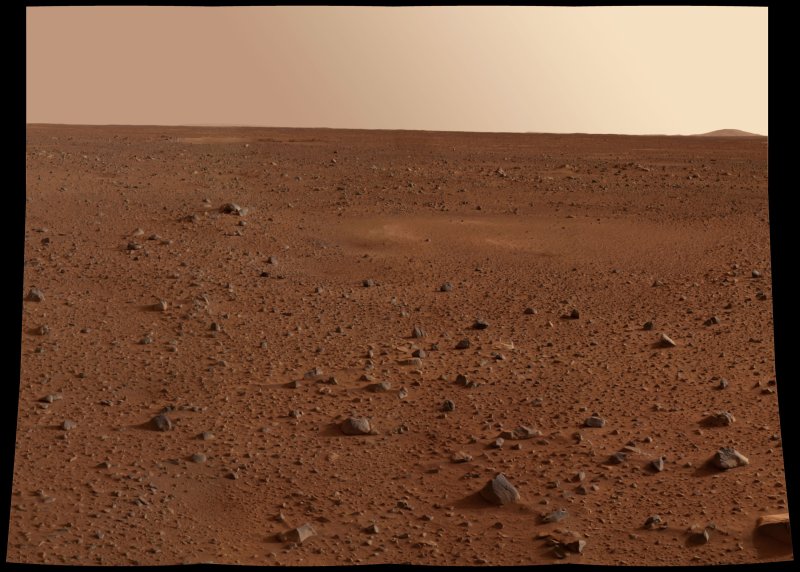HOUSTON, Jan. 12 (UPI) -- The Mars rover known as Spirit may be permanently stuck in the sand but remains of value for scientific exploration, NASA officials said.
The rover program was launched in 2004 with Spirit and Opportunity landing on opposite sides of the planet for what was to be three months of exploration.















